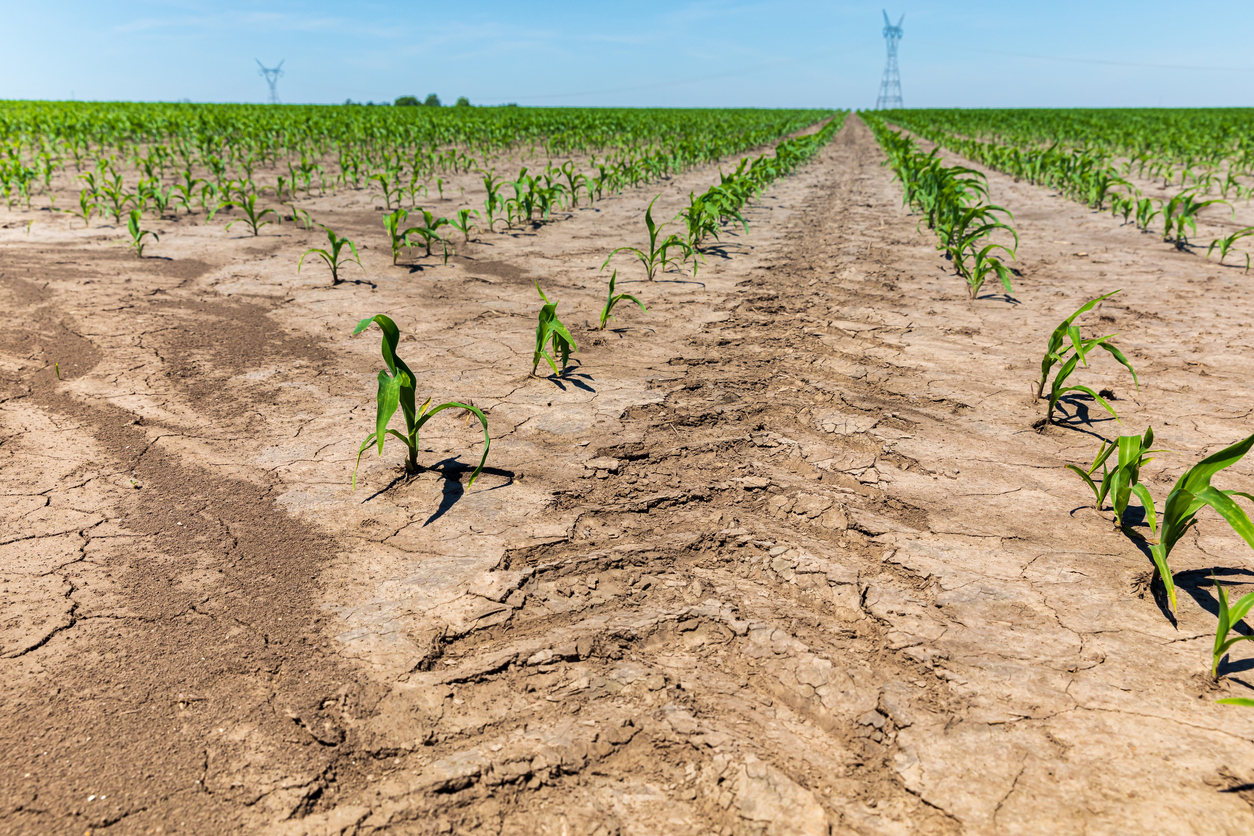Soil Compaction Remedies
Farmers have harvested most of their soybeans and corn. Most fields have been dry (until this week) and farmers are looking to fix compaction problems. This article came from Sjoerd Duiker, Penn State (CORN newsletter 2015-35) and discusses ways to 1) increase soil resiliency to compaction, 2) to avoid compaction, and 3) ways to alleviate compaction.
First, soil resiliency is a term that describes the ability of an ecosystem to resist disturbance by resisting damage and recovering rapidly. Soil can be made to resist compaction by eliminating tillage, increasing organic matter content, and maintaining a living soil root system. Long-term no-till farmer will testify that tires sink deeper in tilled soil. Any soil that was tilled will be more susceptible to compaction than a soil that has been in no-till continuously. Increasing organic matter content increases the soil resiliency to compaction, because the spongy humus maintains porosity and also increases aggregate stability. Finally, a living root system at time of traffic will increase the resistance of the soil to compaction. While it is uncommon to see living root systems at harvest time, Penn State University is researching the establishment of cover crops into standing corn or soybean, combined in one pass with herbicide application and side-dressing.
Cover crops after harvest allow soil’s to kick back from the effects of compaction. Cover crop roots will slowly (1-3 years, 1 foot per year) alleviate soil compaction. Cover crops increase soil biological activity (mycorrhizae fungus and bacteria) in the rhizosphere (area around roots) that produces glomalin and other organic substances that improve soil aggregation. Manure gives the cover crop a boost and supplies additional food for soil microbes. Leaving soil covered protects soil organisms (night crawlers) and they will be much more prevalent and active than if soil is tilled and bare. Therefore, fall moldboard plowing and chisel plowing reduces these organisms that can help soil kick back from the effects of compaction while also improving soil drainage.
To avoid soil compaction, stay off the field until conditions are fit for traffic, and at least, try to avoid creating ruts. Start harvest on the better-drained soil types first. Frozen soils are much less sensitive to compaction. Increase your tire foot print by using flotation tires, duals and reducing tire pressure. OSU research by Bob Holmes and Randall Reeder shows that tracks can distribute the weight of the vehicle along the whole length of the track. Inflating flotation tires at high pressures will cause more compaction than at low pressures, so use the minimum allowable tire pressure. Buy tires that cause less compaction. Radial tires have a bigger footprint than bias-ply tires and are better for avoiding compaction.
At harvest, keep trucks with road tires out of the field. Axle loads above 10 tons cause subsoil compaction that will be virtually permanent and difficult to alleviate. Try to limit repeated traffic to end rows or a designated area, where it may be possible to correct compaction without having to do remedial action on the whole field.
To correct compaction, remedial action may be needed, especially if ruts have been created. If no ruts, plant a cover crop to use the living root system to alleviate compaction. In many cases, ruts are localized and only need localized repair. Remember the negative consequences of tillage!
It will be necessary to till deeper than the depth of compaction. Shallow ‘vertical tillage’ tools (till in top 4 inches) will not be sufficient to manage soil compaction. Very tough shanks are needed that will penetrate instead of bounce on top of the compacted layer. New sub-soilers can do maximum fracturing without doing much surface disturbance with straight or bent-leg shanks. Parabolic shanks do much more surface disturbance and will need more secondary tillage for seedbed preparation and are therefore not preferred. Deep tillage should fracture the soil and it therefore needs to be performed in relatively dry soil.
Deep tillage can be performed in a living cover crop in the spring – if you use the modern, low disturbance sub-soilers. So do not let subsoiling deter you from planting a cover crop. The more tillage you do, however, the more you set yourself up for increased compaction problems in the future. If you have rutting throughout the field, use a light tillage tool to close the ruts and try to avoid tilling up the whole field. Then plant a cover crop to add organic matter, biological life, and beneficial glues that promote good soil structure.
